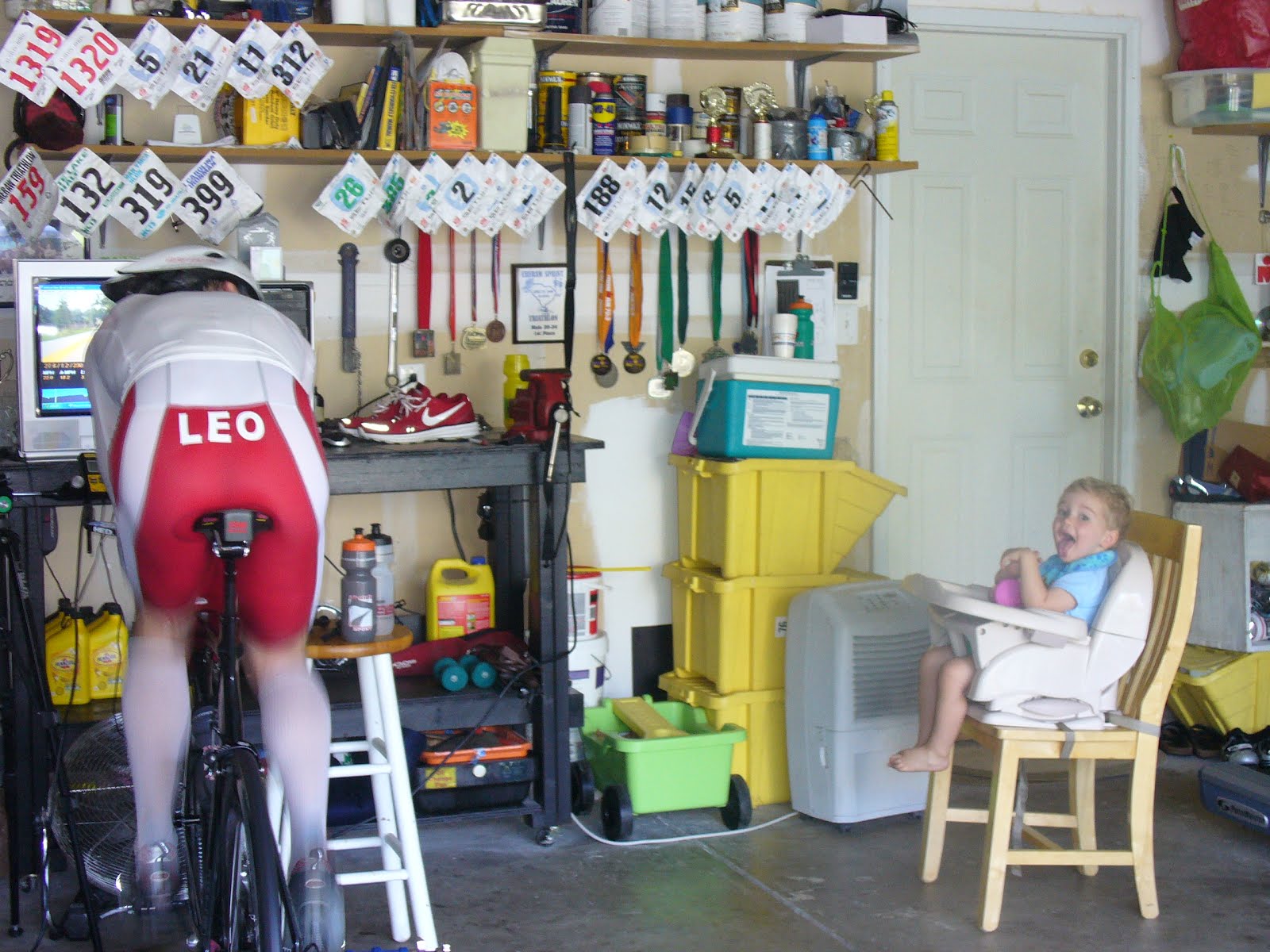It has been some time since I have posted and thought no better time then now to touch base with the world. The family and I have successfully relocated to St Louis Park, MN and are adjusting to our new life here.
To stay inline with the jist of this blog I thought it appropriate to share my thoughts on the Twin Cities marathon that will take place this Sunday (Oct 7, 2012). Anne and I both ran this race 10 years ago. The goal was for her to qualify for Boston and I was to assist her in this endeavor. She achieved the qualifying part, but never got to run Boston per blowing out her knee, which required micro fracture surgery. That is a post in and of itself.
Ten years later and here we are just days away from engaging this course again. Kind of exciting. Our training for this event has been subpar to say the least. Again, good content for a later post.
Being the science guy that I am I will share briefly on how I am going to approach this race and why.
On Sunday I plan to run 26 plus miles at a pace that could put me in the 2:45 to 2:55 range. With the help of gas exchange and lactate testing I feel confident that this is possible. Think big, dare to fail, and trust in the Lord. I like that triplet.
Here is some data to chew on for those who like to evaluate numbers and make sense of it all. The data below reflects using gas exchange tesing equipment as pictured here.
I have become a 'gas exchange' junky since moving to MN. It has become commonplace for me to don the mask (blue mask seen above) and test myself at least one time per week at Life Time Fitness. Again, good material for another post.
Enter my good friend RQ (Respiratory Quotient). RQ helps validate at any given time how much fat and how much carbohydrate (CHO) the body is using to produce energy. If one sees an RQ value of .7 he or she is metabolizing much more fat then CHO. On the flip side, if one sees an RQ value of 1.0 (or higher) it can be determined that he/she is metabolizing CHO predomintly to create energy. The happy medium of .85 reflects a substrate use of ~50% CHO and 50% fat. Pretty simple stuff that can easily be applied to one wanting to race faster and more efficiently to the person wanting to lose 100 pounds.
September 21, 2012
Protocol: 4 x 10 min at 9.2 MPH or 6:31 min pace (~2:50 marathon) w/ 2 min recover at 2.5 MPH between each 10 min effort (all at 1% incline).
|
21-Sep12 |
|
|
|
RQ |
HR |
Fat% |
| Stage 1 |
0.88 |
157 |
39.57 |
| Stage 2 |
0.89 |
162 |
37.71 |
| Stage 3 |
0.89 |
165 |
37.71 |
| Stage 4 |
0.88 |
161 |
38.33 |
| Averages |
0.89 |
161 |
38.33 |
|
|
| | | | | |
September 28, 2012
Protocol: one less stage per limited time
|
28-Sep-12 |
Gas Only |
|
|
RQ |
HR |
Fat% |
| Stage 1 |
0.84 |
155 |
52.86 |
| Stage 2 |
0.85 |
158 |
50.43 |
| Stage 3 |
0.84 |
156 |
51.64 |
| Averages |
0.84 |
156 |
51.64 |
|
|
|
|
|
|
|
|
As you can see in just one week there was a SIGNIFICANT change in fat utilization at the same intensity. A 34.7% increase is pretty legit and at an HR that is about 5 beats lower. How could this happen in just 1 week? Was it the taper? Was it the rest? Or was it that I did not eat ice cream like it was my business for a whole week?
Here is the answer. On September 17 I ran my one and only long run for Twin Cities, which ended up being 23.43 miles. I got lost being the new guy on the block and under estimated the distance around Lake Harriet. Below you will find the nitty gritty of this little adventure:
My slow twitch muscle fibers (STF) were likely still exhausted and recovering being that they were only 4 days post the 23 miler. STF were used predominatly for this 2:30 hr run and one could hypothesize that they were still tired. Therefore, the body relied more on fast twitch fibers (FTF) or their transitional counterparts (Type 2 a, b, x) to work through these 10 min stages. These fibers rely more on CHO or glycogen stores then fat as fuel. Thus, the higher RQ values seen.
7 days later and the numbers were completely different against the same workload. Legs were more rested and the body was ready to meet the workload with more STF then FTF substrates. Kind of cool to see the value of tapering / resting in just one weeks time. The power of tapering well?
This post is getting a bit long. This Friday (Oct 5) I will add additional evidence that science can certainly help validate your goals. Meaning, one should avoid going into any event blindly. Come back Friday and I will share blood lactate numbers that compliment these findings. I love this stuff.
Train smart and think big,
Coach Lance





